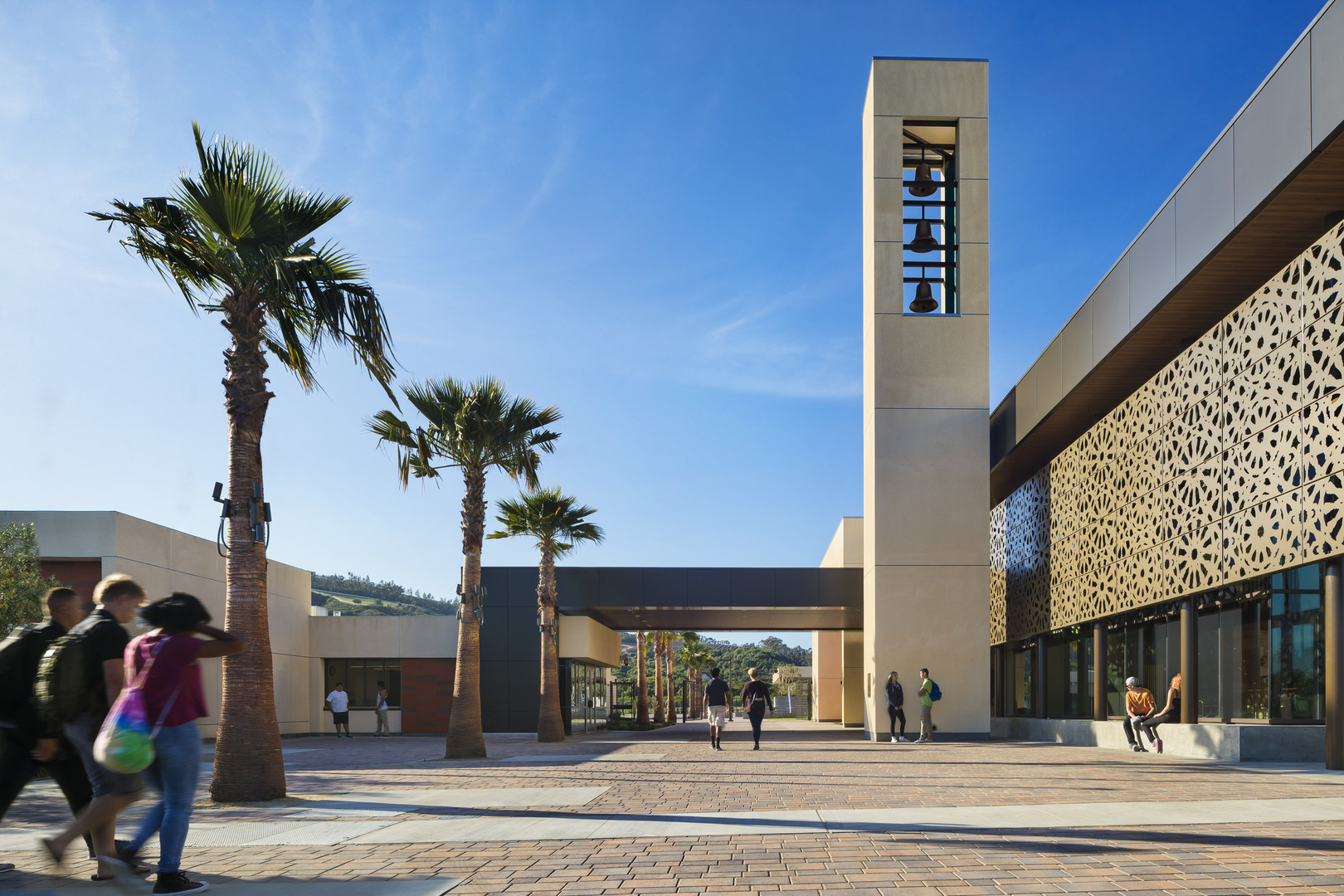How Does Architecture Influence Urban Development?

Architecture is not just about designing and constructing buildings. It has a significant impact on society, affecting the way people live, work, and interact with each other. Architecture is not just limited to physical structures but also includes the intangible elements that shape the built environment. A well-designed building or public space can positively impact the community's social, economic, and environmental well-being.
The Impact on Social Well-being
Architecture plays a crucial role in shaping the way people interact with each other, affecting their social well-being. The built environment can promote social connections and create welcoming spaces that encourage communities to come together and interact. Here are a few ways architecture can impact social well-being:
Creating Spaces for Social Interaction
A well-designed building or public space can act as a gathering place for people, facilitating social interaction and community engagement. Whether it's a park, a plaza, or a community center, these spaces provide opportunities for people to connect and engage with each other, strengthening social bonds and promoting a sense of belonging.
Improving Access to Public Services
Architecture can also impact social well-being by improving access to public services. For example, a well-designed hospital can provide a comfortable, welcoming environment for patients and their families, reducing stress and promoting healing. At the same time, a school with a well-designed learning environment can contribute to students' cognitive and emotional development, promoting their overall well-being.
The Impact on Economic Well-being
Architecture also has a significant impact on the economy, affecting the way people live and work. Buildings and public spaces can contribute to economic growth and development in several ways:
Creating Jobs in the Construction Industry
When new buildings or public spaces are designed and constructed, it creates jobs in the construction industry, boosting local economies and creating opportunities for workers. In addition, once completed, the building or space can attract new businesses and investors, further contributing to economic growth.
Improving Property Values
Well-designed buildings and public spaces can have a positive effect on property values. When a community invests in quality architecture, it can attract new residents and businesses and increase property values. This creates a virtuous cycle, where the economic benefits of good architecture lead to further investment in the built environment.
The Impact on Environmental Well-being
Architecture also has a significant impact on the environment, affecting the sustainability of our communities and natural resources. Buildings and public spaces can contribute to sustainable development in several ways:
Reducing Energy Consumption
By using sustainable materials and energy-efficient design principles, buildings can significantly reduce energy consumption, helping to mitigate climate change and reduce the environmental impact of our built environment.
Promoting Sustainable Transportation
Architecture can also promote sustainable transportation by providing well-designed pedestrian and bicycle infrastructure. By prioritizing pedestrian and bicycle infrastructure, communities can reduce their dependence on cars, promoting sustainable transportation and reducing congestion and pollution.
Frequently Asked Questions
How Does Architecture Impact Society?
Architecture has a significant impact on society, shaping the way people live, work, and interact with each other. Well-designed buildings and public spaces can promote social connections, contribute to economic growth, and support sustainable development.
What Are Some Examples of Good Architecture?
There are many examples of good architecture, from public spaces like Central Park in New York City to cultural institutions like the Guggenheim Museum in Bilbao, Spain. Good architecture is characterized by its ability to contribute to the well-being of the community it serves, whether through its design, functionality, or sustainable features.
What Is Sustainable Architecture?
Sustainable architecture is a design approach that seeks to minimize the environmental impact of the built environment. This includes using sustainable materials, reducing energy consumption, and promoting sustainable transportation, among other things. Sustainable architecture seeks to create buildings and public spaces that are functional, beautiful, and environmentally responsible.
Why Is Architecture Important?
Architecture is important because it shapes the way people live, work, and interact with each other. It has a tremendous impact on the well-being of the community, affecting social, economic, and environmental outcomes. Good architecture can promote social connections, support economic growth, and contribute to sustainable development.
How Can I Learn More About Architecture?
If you're interested in learning more about architecture, there are many resources available. You can start by visiting your local library or bookstore and checking out books on architecture and design. You can also attend lectures and events hosted by architecture organizations or take classes at a local college or university. Finally, you can explore architecture in your own community by visiting local buildings and public spaces and learning more about their design and history.
As you can see, architecture plays a crucial role in supporting community development and well-being, affecting social, economic, and environmental outcomes. By investing in quality architecture and design, we can create spaces and places that support thriving communities and promote sustainability for generations to come.




Post a Comment for "How Does Architecture Influence Urban Development?"